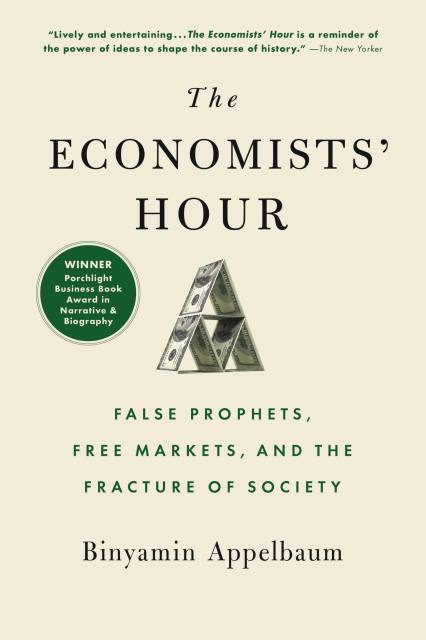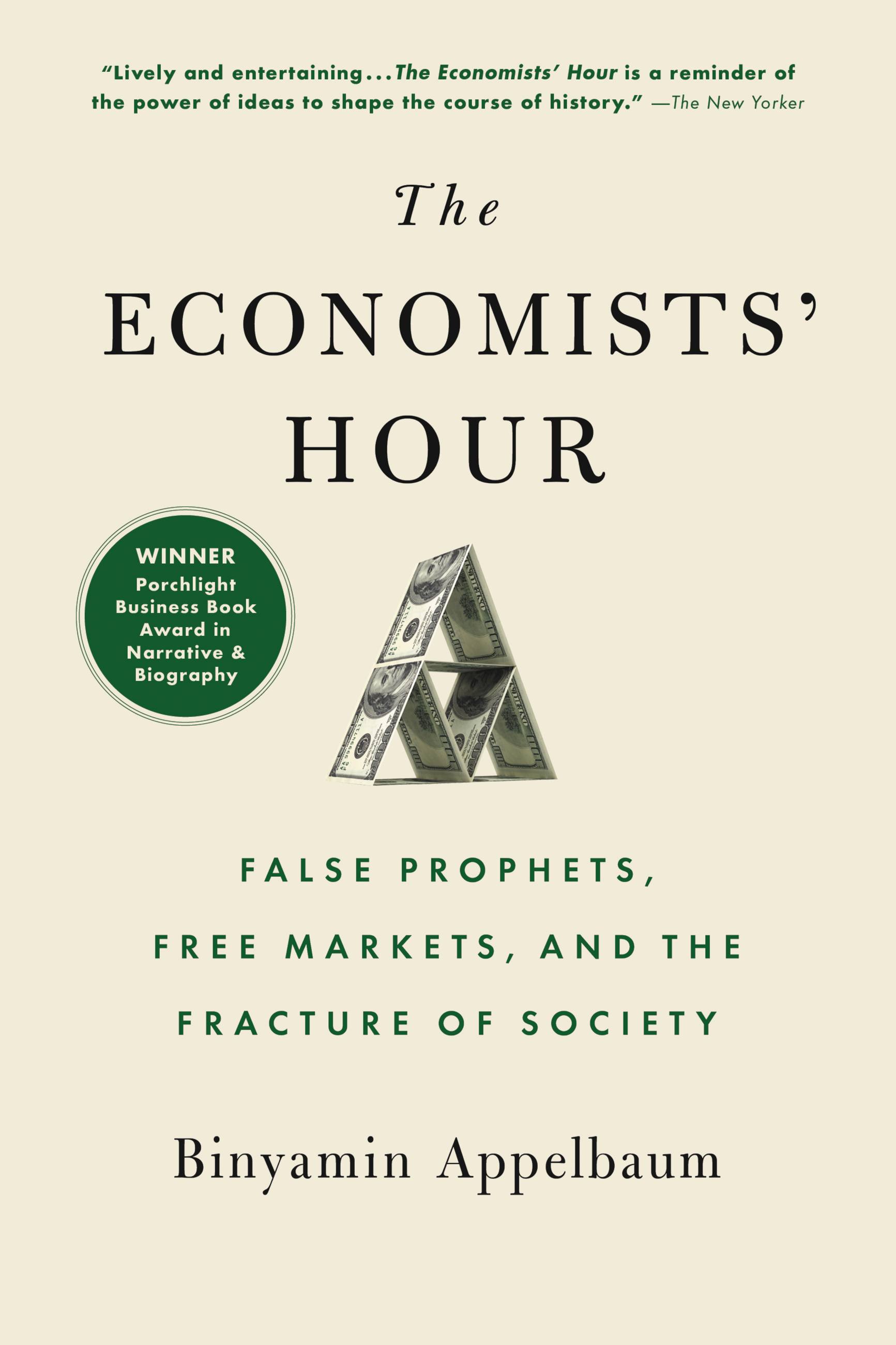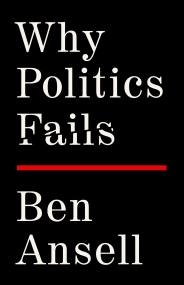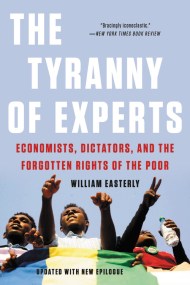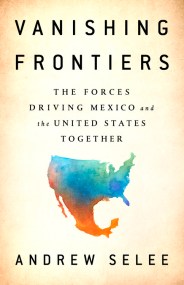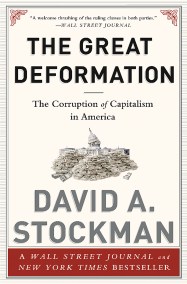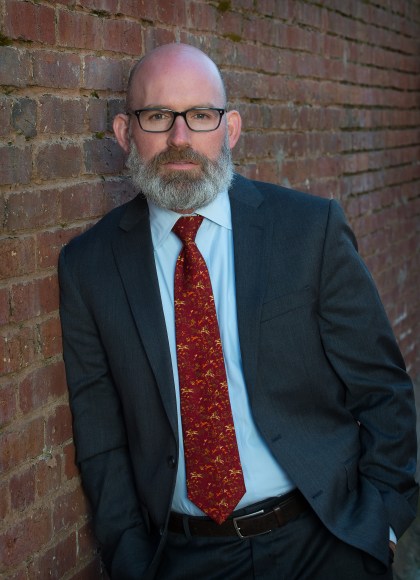By clicking “Accept,” you agree to the use of cookies and similar technologies on your device as set forth in our Cookie Policy and our Privacy Policy. Please note that certain cookies are essential for this website to function properly and do not require user consent to be deployed.
The Economists' Hour
False Prophets, Free Markets, and the Fracture of Society
Contributors
Formats and Prices
Price
$12.99Price
$16.99 CADFormat
Format:
This item is a preorder. Your payment method will be charged immediately, and the product is expected to ship on or around September 3, 2019. This date is subject to change due to shipping delays beyond our control.
Also available from:
In this “lively and entertaining” history of ideas (Liaquat Ahamed, The New Yorker), New York Times editorial writer Binyamin Appelbaum tells the story of the people who sparked four decades of economic revolution.
Before the 1960s, American politicians had never paid much attention to economists. But as the post-World War II boom began to sputter, economists gained influence and power.
In The Economists’ Hour, Binyamin Appelbaum traces the rise of the economists, first in the United States and then around the globe, as their ideas reshaped the modern world, curbing government, unleashing corporations and hastening globalization.
Some leading figures are relatively well-known, such as Milton Friedman, the elfin libertarian who had a greater influence on American life than any other economist of his generation, and Arthur Laffer, who sketched a curve on a cocktail napkin that helped to make tax cuts a staple of conservative economic policy.
Others stayed out of the limelight, but left a lasting impact on modern life: Walter Oi, a blind economist who dictated to his wife and assistants some of the calculations that persuaded President Nixon to end military conscription; Alfred Kahn, who deregulated air travel and rejoiced in the crowded cabins on commercial flights as the proof of his success; and Thomas Schelling, who put a dollar value on human life.
Their fundamental belief? That government should stop trying to manage the economy.
Their guiding principle? That markets would deliver steady growth, and ensure that all Americans shared in the benefits.
But the Economists’ Hour failed to deliver on its promise of broad prosperity. And the single-minded embrace of markets has come at the expense of economic equality, the health of liberal democracy, and future generations.
Timely, engaging and expertly researched, The Economists’ Hour is a reckoning — and a call for people to rewrite the rules of the market.
A Wall Street Journal Business Bestseller
Winner of the Porchlight Business Book Award in Narrative & Biography
- On Sale
- Sep 3, 2019
- Page Count
- 448 pages
- Publisher
- Little, Brown and Company
- ISBN-13
- 9780316512275
Newsletter Signup
By clicking ‘Sign Up,’ I acknowledge that I have read and agree to Hachette Book Group’s Privacy Policy and Terms of Use
